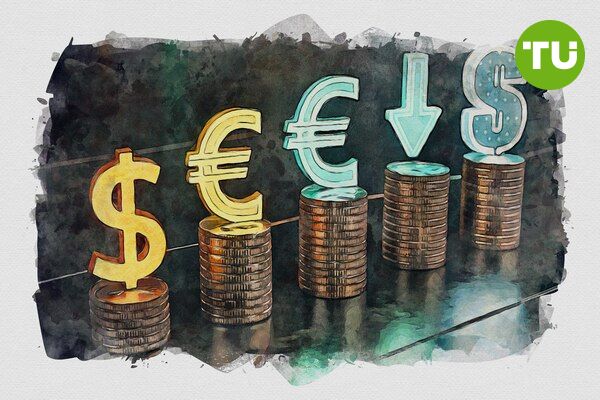Canadian dollar rallies as tariff relief and oil prices drive USD/CAD below $1.43
 Canadian dollar trades near 1.4250 as oil strength, tariff reprieve support gains
Canadian dollar trades near 1.4250 as oil strength, tariff reprieve support gains
The Canadian dollar advanced to a one-month-high, trading below 1.43 per U.S. dollar, as traders reacted positively to signs that Canada may be spared from the brunt of U.S. auto tariffs set to begin April 2. USD/CAD slipped toward 1.4250 during Thursday’s Asian session, remaining under pressure for a fourth consecutive day amid softening U.S. Treasury yields and optimism surrounding Canada’s trade outlook.
President Trump’s announcement of a three-tiered tariff system has sparked hopes that Canadian auto exports will receive exemptions, especially as compliant parts under the USMCA agreement are expected to be shielded from the 25% levy. While tariffs on imported cars are scheduled to be collected beginning April 3, auto parts from Canada and Mexico will benefit from a one-month reprieve and potential long-term exemption under a new enforcement framework. These developments have eased investor concerns, offering tailwinds to the loonie.
USD/CAD price analysis (Feb 2025 - Mar 2025) Source: TradingView.
Oil strength, inflation surprise lift sentiment for Canadian assets
Further support for the Canadian dollar came from robust oil prices, with supply concerns keeping energy markets firm. As Canada remains a major crude exporter, high oil prices often translate into stronger CAD performance. Additionally, February’s hotter-than-expected CPI report has prompted investors to rethink the likelihood of aggressive rate cuts by the Bank of Canada, increasing the relative attractiveness of Canadian assets.
Meanwhile, the U.S. dollar faces downward pressure from retreating Treasury yields, with the 2-year and 10-year notes slipping to 4.0% and 4.35%, respectively. The DXY index pulled back to near 104.30, while traders await upcoming U.S. data releases including GDP, jobless claims, and the Fed’s preferred inflation measure—PCE.
Outlook remains sensitive to trade and Fed policy updates
Looking ahead, USD/CAD may remain in a tight range as the market digests U.S. policy signals and potential retaliatory steps from Canada. Prime Minister Mark Carney condemned the tariffs as a “direct attack” on workers and is expected to return to Ottawa to coordinate a government response. Any escalation or easing in trade tensions could determine the next leg for the pair.
In earlier coverage, we noted how CAD strength often correlates with oil resilience and diverging policy expectations with the Fed. With oil prices firm and Canadian inflation showing signs of persistence, the Loonie may continue to outperform if trade uncertainty subsides and BoC holds rates steady.













































































































































